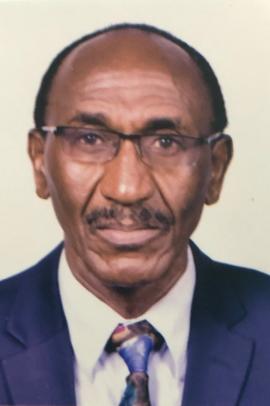George Samuel Mwabusa has been working for Kenya Power and lighting PLC since 1998, in the course of his daily activités, the main objectives were to deliver services to their esteemed cutsomers. However, a gap was realised due to KPLC’s focus on business objectives which in most cases were not aligned to customer needs, even though the business seemed to be doing well. A focucs to deliver specific objectives was of great importance to ensure segregation of income based on the activities being carried out within KPLC. A number of projects being implemented within KPLC laid focus on conectivity and were not easy to mornitor and evaluate as project activities were not well defned, neither were the objectives cleary stated. This lead to haphazard implentaion of projects without clear peoject activities and made it quite challenging to evaluate project perfomance .
As a result, He decided to improve his knowlegde by studying a masters course in Project Planning and Management in the University of Nairobi in order to broaden his knowledge in the management of projects. He had earlier parsued a Bachelors of Technology Course in Moi University where he graduated with Second Class Honors, Upper Division Bachelors D of Technology in Electrical and Communication Engineering.
https://scholar.google.com/citations?hl=en&user=-RzHkRAAAAAJ

Determinants of the Implementation of Projects in Kenya; a Case of Kwale County
This study was carried out with the aim of examining the determinants of the implementation of projects in Kenya; a case of Kwale county. The study was based on four specific objectives that included: to examine the extent to which settlement patterns determine the implementation of infrastructure projects ;to assess the extent to which proximity to power line transformer influence the implementation of infrastructure projects ;to establish the extent to which development planning determines the implementation of infrastructure projects ;and to find out the extent to which consumers’ ability determine the implementation of infrastructure projects in Kenya. The study was guided by the individual agency theory and Anthony Giddens’ Structuration theory. In this research study, a descriptive survey study was the appropriate research design used. The total target population was 1, 205 respondents. The researcher used questionnaires and interview guides as the data collection tools. Quantitative data collected was analyzed by the use of descriptive statistics using SPSS (version 25.0) and presented through percentages, means, standard deviations and frequencies. The data was split down into different aspects infrastructural projects implementation contained in the LMCP and community livelihoods. To help generalize the findings the collected data was grouped using percentages and measures of central tendency. Descriptive statistics including cross-tabulation, frequencies and percentages, mean and standard deviation were used for comparison. The hypothesis was tested by use of the regression analysis model.





